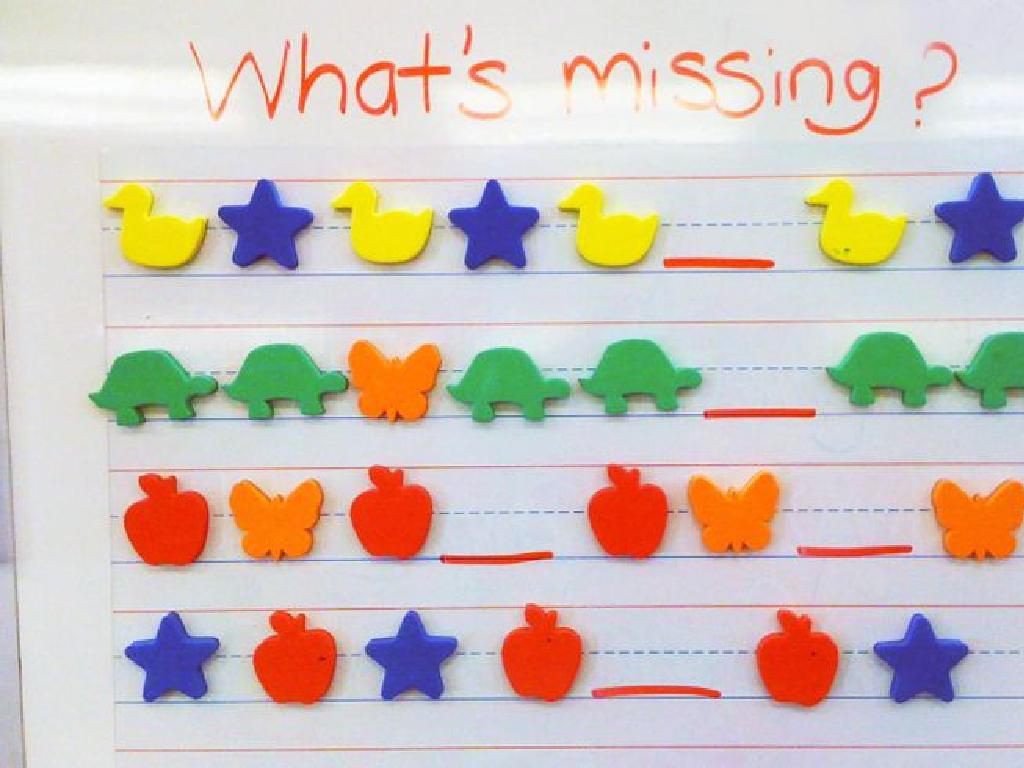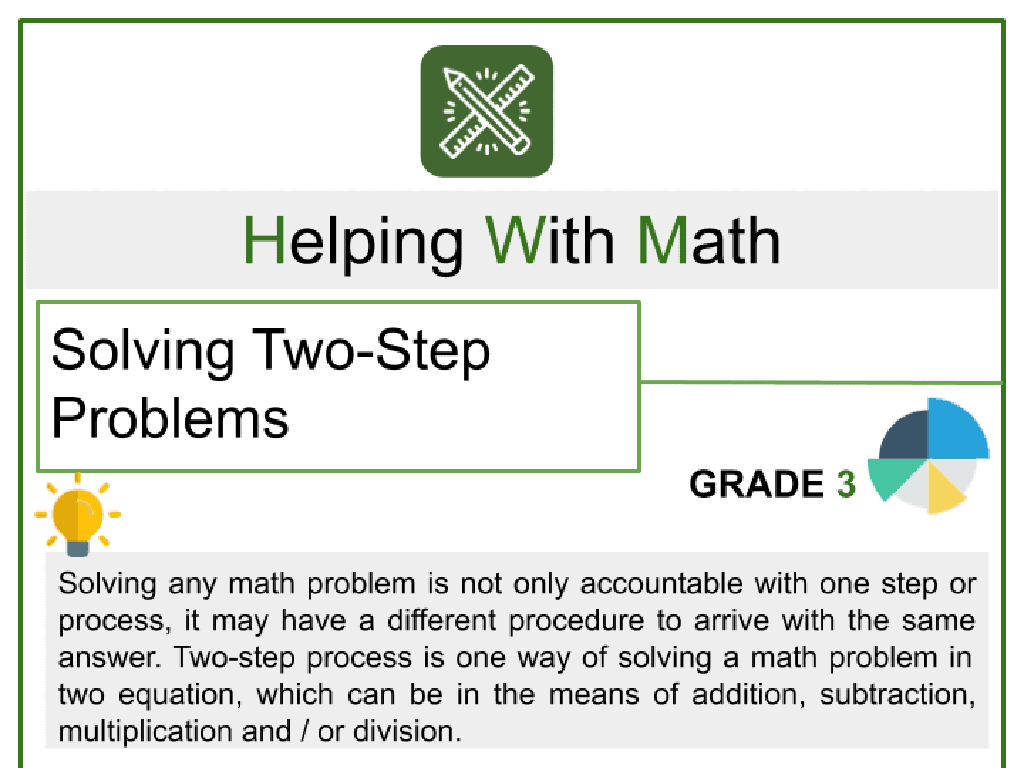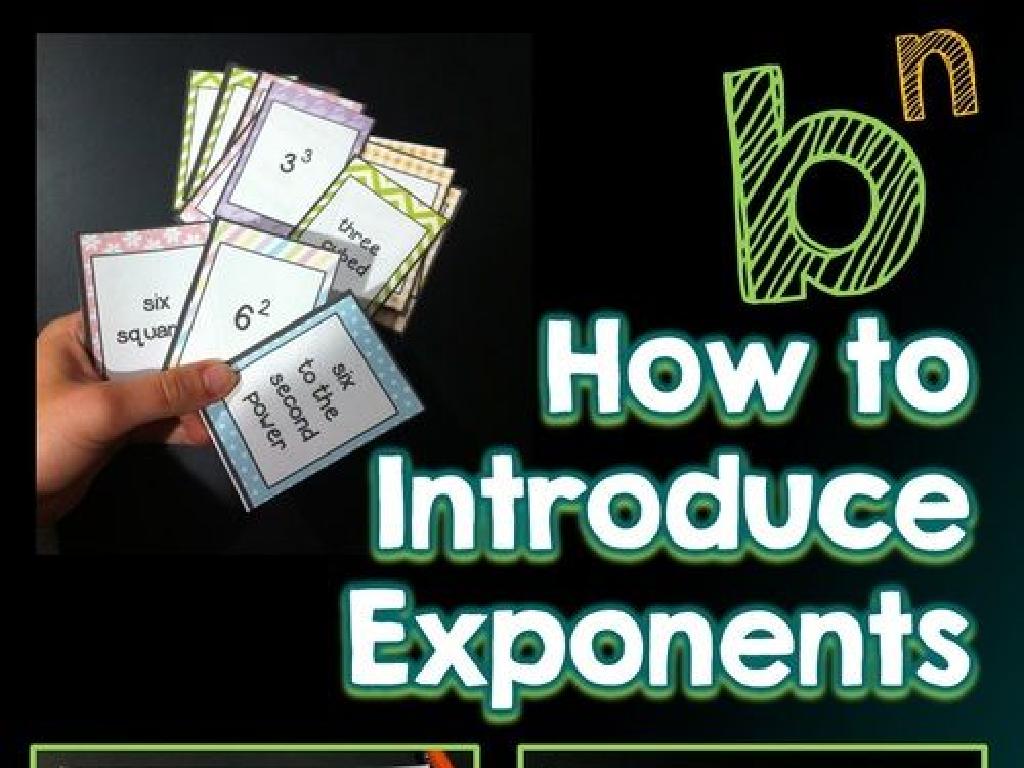Identify Prepositions And Their Objects
Subject: Language arts
Grade: Third grade
Topic: Prepositions
Please LOG IN to download the presentation. Access is available to registered users only.
View More Content
Welcome to Prepositions!
– Prepositions connect words
– Like bridges in sentences, linking nouns/pronouns to other words
– They show relationships
– They tell us where or when something is in relation to something else
– Examples: on, in, by
– ‘On’ the table, ‘in’ the box, ‘by’ the tree, ‘with’ a friend, ‘under’ the bridge
– Find prepositions in sentences
– Look for words that give a sense of place or time before a noun or pronoun
|
This slide introduces the concept of prepositions to third-grade students. Prepositions are words that help connect nouns or pronouns to other words in a sentence, showing their relationship, especially in terms of time and place. Use everyday examples to illustrate prepositions, such as ‘on the table’ or ‘by the tree.’ Encourage students to think of prepositions as word bridges that provide important details in sentences. To reinforce learning, ask students to find and highlight prepositions in sentences from their favorite books or classroom reading materials.
Where is the Cat? Learning About Prepositions
– Prepositions show location
– Examples with a cat and a box
– ‘The cat is ON the box’ – ‘on’ is the preposition showing where the cat is.
– Finding prepositions in sentences
– We’ll work together to spot the prepositions in different sentences.
– Practice identifying prepositions
– We’ll do exercises to get better at spotting prepositions!
|
This slide introduces the concept of prepositions to third graders by using a familiar and engaging scenario – finding where a cat is in relation to a box. Start by explaining that prepositions are words that tell us where something is located. Use visual examples with a cat and a box to illustrate prepositions like ‘on’, ‘under’, and ‘next to’. Then, guide the class through exercises where they find prepositions in given sentences. For the activity, provide sentences and have students identify the prepositions and their objects. Encourage them to explain why they think each word is a preposition. This interactive approach helps solidify their understanding of the role prepositions play in sentences.
Prepositions in Time
– Prepositions tell when events happen
– Examples: BEFORE, AFTER, DURING
– BEFORE dinner, AFTER school, DURING class
– They link time and activities
– ‘AFTER school, I do homework’ shows ‘AFTER’ links time to activity
– Think of a time-related preposition
|
This slide introduces the concept of time-related prepositions to the students. Prepositions are words that show the relationship between nouns or pronouns and other words in a sentence. In the context of time, they indicate when something happens. Use everyday examples like ‘BEFORE dinner’ or ‘AFTER school’ to illustrate how these prepositions function. Ask the students to think of other examples of time-related prepositions to reinforce their understanding. Encourage them to use these prepositions in sentences to describe their daily routines, which will help them grasp the concept more concretely.
Finding Objects of Prepositions
– What is an object of a preposition?
– It’s the noun or pronoun after the preposition
– Example: ‘The book ON the table’
– ‘table’ is the object of the preposition ‘ON’
– Practice finding objects
– We’ll identify objects in sentences together
|
This slide introduces the concept of the objects of prepositions to third-grade students. Begin by explaining that a preposition is a word that shows the relationship between a noun or pronoun and other words in a sentence. The object of a preposition is the noun or pronoun that receives the action of the preposition. Use simple examples like ‘The book ON the table’ to illustrate this, where ‘table’ is the object of the preposition ‘ON’. During class, practice with sentences where students identify the prepositions and their objects. Encourage students to look for the word that follows the preposition and ask themselves what the preposition is relating to. This exercise will help solidify their understanding of prepositional phrases and their components.
Prepositions and Objects Game
– Understanding prepositions
– Match prepositions with objects
– I’ll say ‘on’, you find something ‘on’ something else!
– Find objects in the classroom
– Use your detective skills to find the right object
– Get ready for a fun game!
|
This interactive game is designed to help students identify prepositions and their corresponding objects in a fun and engaging way. Start by explaining what prepositions are and how they are used to show the relationship between nouns or pronouns and other words in a sentence. Then, move on to the game where you will call out prepositions, and students will look around the classroom to find objects that fit the prepositional phrase. For example, if you say ‘under’, students might point to a book under a desk. This activity not only makes learning prepositions enjoyable but also helps students to remember them better by associating them with physical objects and actions. Be prepared with a list of prepositions and ensure there are enough objects in the classroom to match them. Encourage students to use complete sentences when they find an object, e.g., ‘The book is on the table.’
Class Activity: Preposition Scavenger Hunt
– Pair up for a scavenger hunt
– Find classroom preposition examples
– Use prepositions to describe locations
– For example: ‘The book is _under_ the desk’
– Fill in the blanks with prepositions
– ‘The pencil is ___ the cup.’ Choose: in, on, next to
|
This interactive activity is designed to help students identify and use prepositions in a fun and engaging way. Have the students work in pairs to encourage collaboration. They should look around the classroom to find objects they can describe using prepositions. Provide them with sentences with missing prepositions to fill in, such as ‘The pencil is ___ the cup.’ Offer guidance on using the correct prepositions and encourage them to think creatively. Possible activities for different pairs could include finding items above, below, beside, in front of, or behind other objects. This will help solidify their understanding of prepositions and their objects through practical application.
Prepositions Practice: Homework
– Congrats on learning prepositions!
– Homework: Write 5 sentences
– Include a preposition in each sentence
– Use different prepositions
– Examples: ‘under’, ‘over’, ‘between’
– Practice is key to perfection
|
Students have done a great job in understanding prepositions and their objects. For homework, they are tasked to write five sentences, each incorporating a different preposition. This will help reinforce their learning and give them practical experience in using prepositions. Encourage creativity and the use of a variety of prepositions. Provide examples of prepositions they can use, such as ‘under’, ‘over’, ‘between’, ‘next to’, and ‘behind’. Remind them that the object of the preposition is the noun or pronoun that follows the preposition. In the next class, review some of the sentences together to ensure understanding and correct usage.






